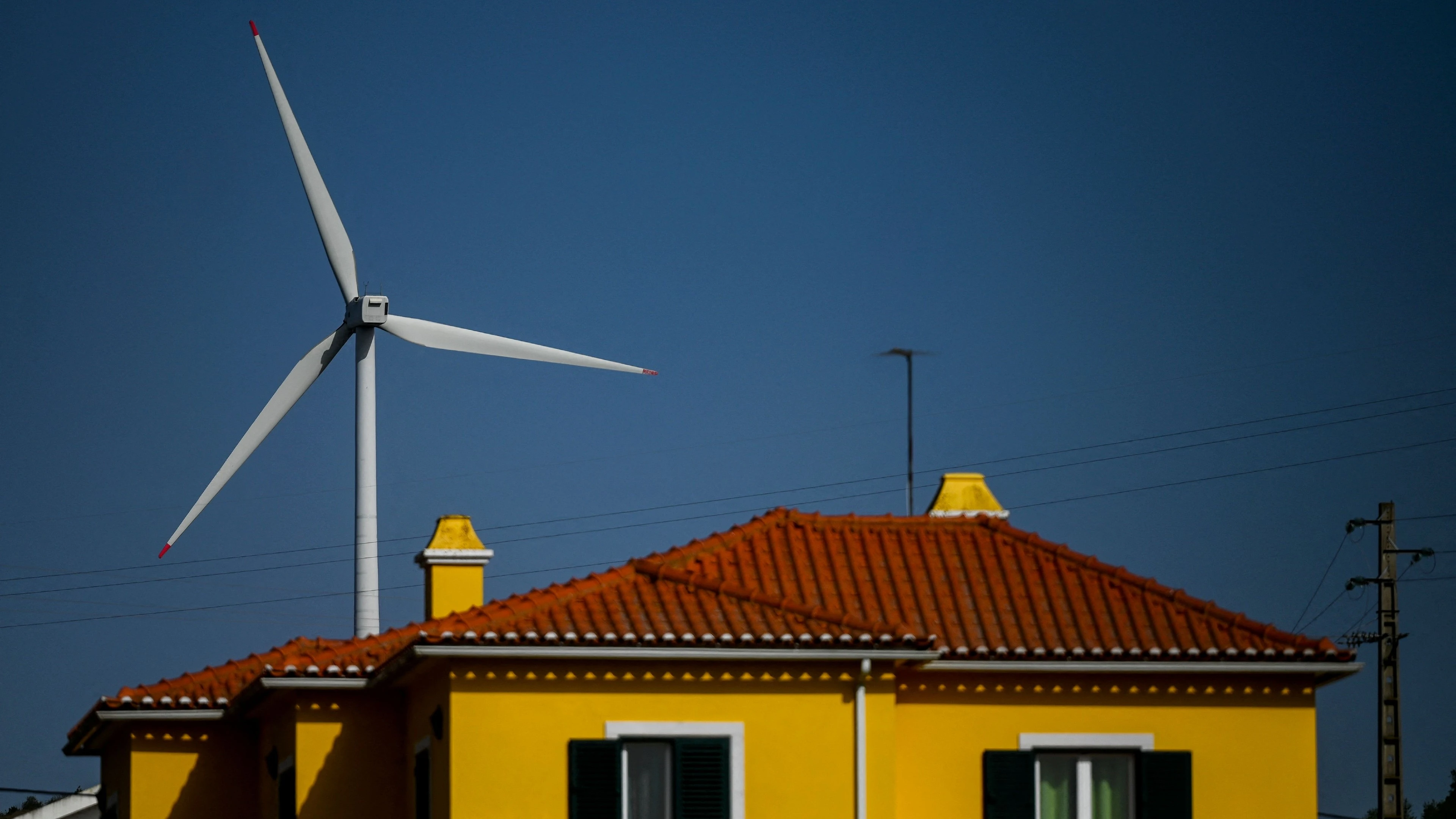- cross-posted to:
- [email protected]
- [email protected]
- [email protected]
- cross-posted to:
- [email protected]
- [email protected]
- [email protected]
For nearly a week, the country of 10 million met customer needs with wind, hydro and solar — a test run for operating the grid without fossil fuels.
This story was originally published by Canary Media.
One recent autumn afternoon, I watched the Atlantic gusts collide with the cliffs that rise above Nazaré, Portugal. Rain pelted down, and the world-renowned swells rose into walls of water that even the most death-defying surfers reach only via Jet Ski. For me, this looked like a rained-out, late-season beach getaway, but for the sliver of Iberia that is Portugal, it looked like a bright future. That weekend, the nation of 10 million ran on nothing but wind, solar and hydropower.
As it turned out, those rainy, blustery days were just a warmup. Portugal produced more than enough renewable power to serve all its customers for six straight days, from October 31 to November 6.
“The gas plants were there, waiting to dispatch energy, should it be needed. It was not, because the wind was blowing; it was raining a lot,” said Hugo Costa, who oversees Portugal for EDP Renewables, the renewables arm of the state utility, which was privatized in 2012. “And we were producing with a positive impact to the consumers because the prices have dropped dramatically, almost to zero.”
To hit Paris Agreement climate goals by 2050, nations need to run their grids without carbon emissions not just for three or six days, but year-round. A handful of countries already do this, thanks to generous endowments of hydropower, largely developed well before the climate crisis drove investment decisions for power plants. Others score highly on carbon-free power thanks to big fleets of nuclear plants.
Portugal falls into a different, more relatable bucket: It started its decarbonization journey with some legacy hydropower, but no nuclear capacity nor plans to build any. That meant it had to figure out how to cut fossil fuel use by maximizing new renewables.
How did Portugal make this happen? It committed to building renewables early and often, pledging a 2050 deadline for net-zero carbon emissions in 2016, several years before the European Union as a whole found the conviction to take that step. Portugal’s last coal plants shut down in 2022, leaving (imported) fossil gas as the backstop for on-demand power.
“The key conclusion, in my opinion, is that it shows that the Portuguese grid is prepared for very high shares of renewable electricity and for its expected variation: We were able to manage both the sharp increase of hydro and wind production, and also the return to a lower share of renewables, when natural-gas power plants were requested again to supply some of the country’s demand,” said Miguel Prado, who covers Portugal’s energy sector for Expresso newspaper.
The task ahead for Portugal’s grid decarbonization is to reduce and ultimately eliminate the number of hours when the country needs to burn gas to keep the lights on. Leaders want gas generation, which made up 21 percent of electricity consumption from January through October, to end completely by 2040.
To reach its climate goals, Portugal has focused on diversification of renewable resources; instead of depending primarily on wind, water, or sun, it blends each into the portfolio and finds ways to make them more complementary. The country’s power companies are now chasing major additional offshore wind opportunities, expanding solar installations and repowering older onshore wind projects to get more out of the best locations.
link: https://grist.org/energy/portugal-just-ran-on-100-percent-renewables-for-six-days-in-a-row/



I have mixed feelings about it. It is great that this is possible, but then having an article celebrating 6 days implies that doing this a year round will be a much harder challenge.
Maybe not. Cause it means that sustained highs are really close to that magical 100% and hopefully the longer term averages not too far behind, maybe in the 60s, 70s (pulling these figures out of my butt btw), so maybe it’s not that far